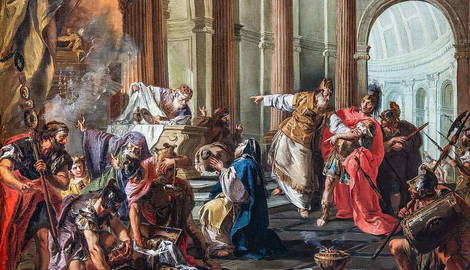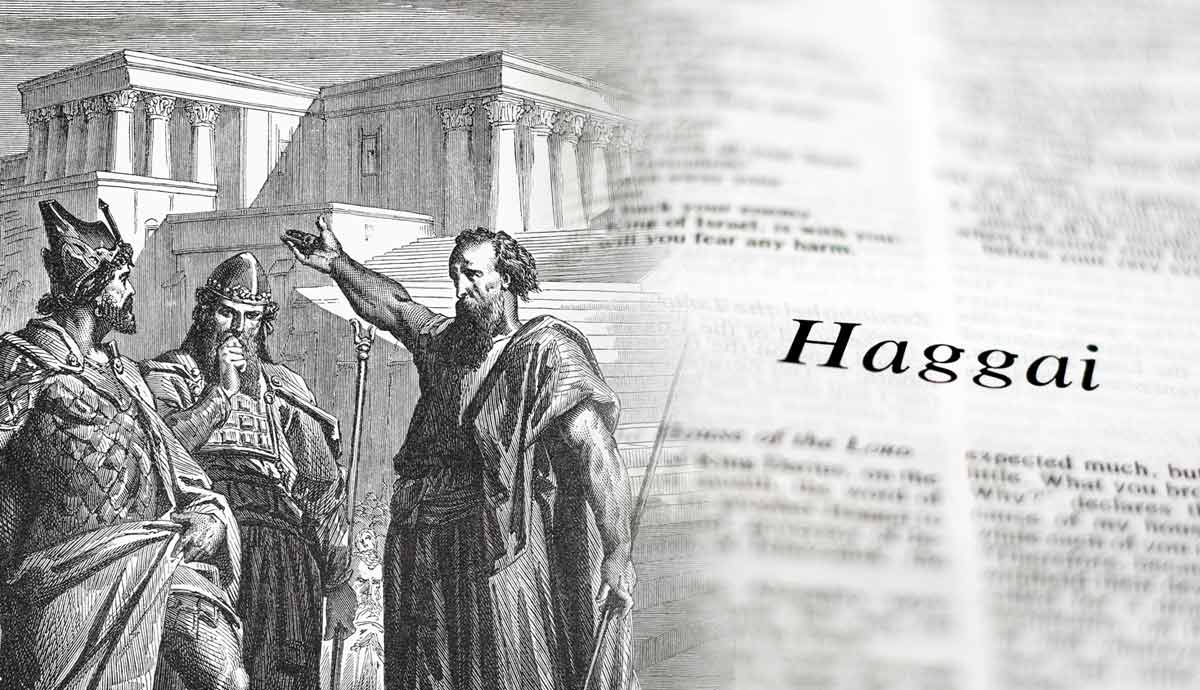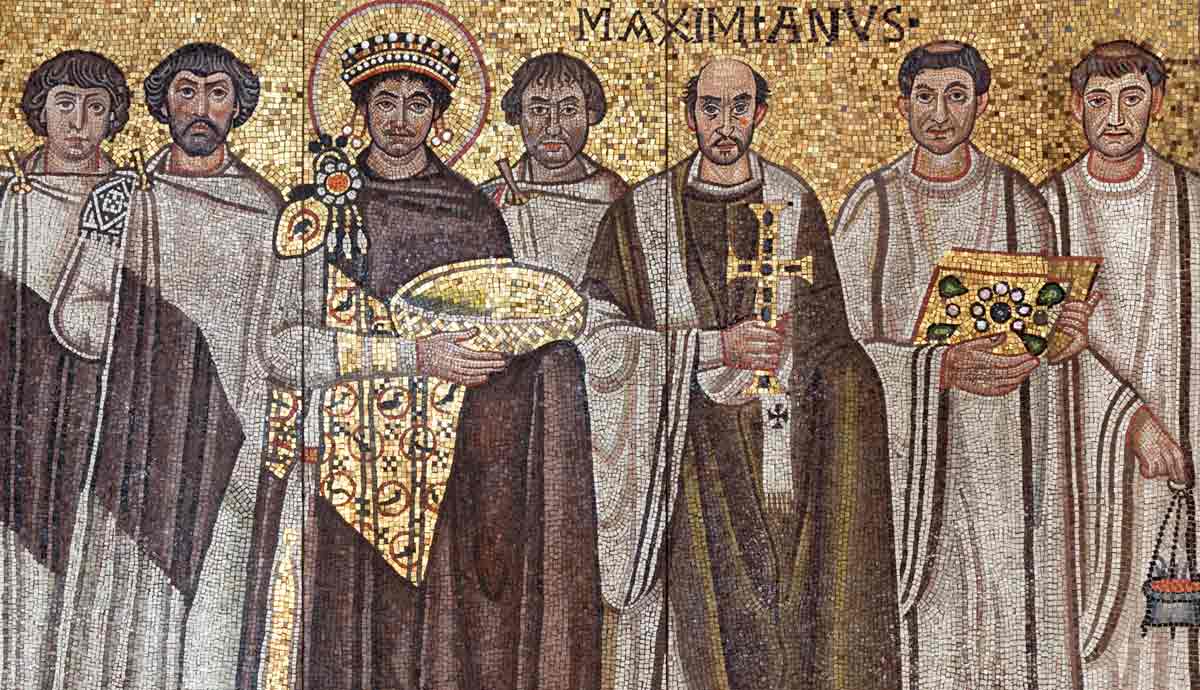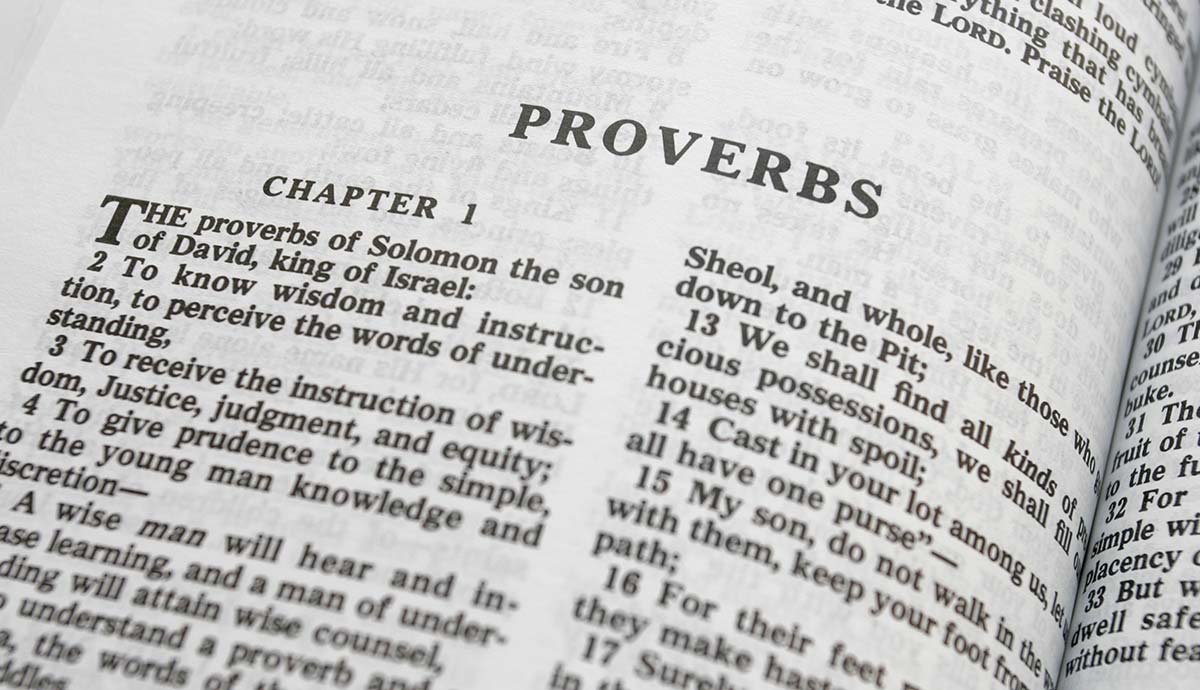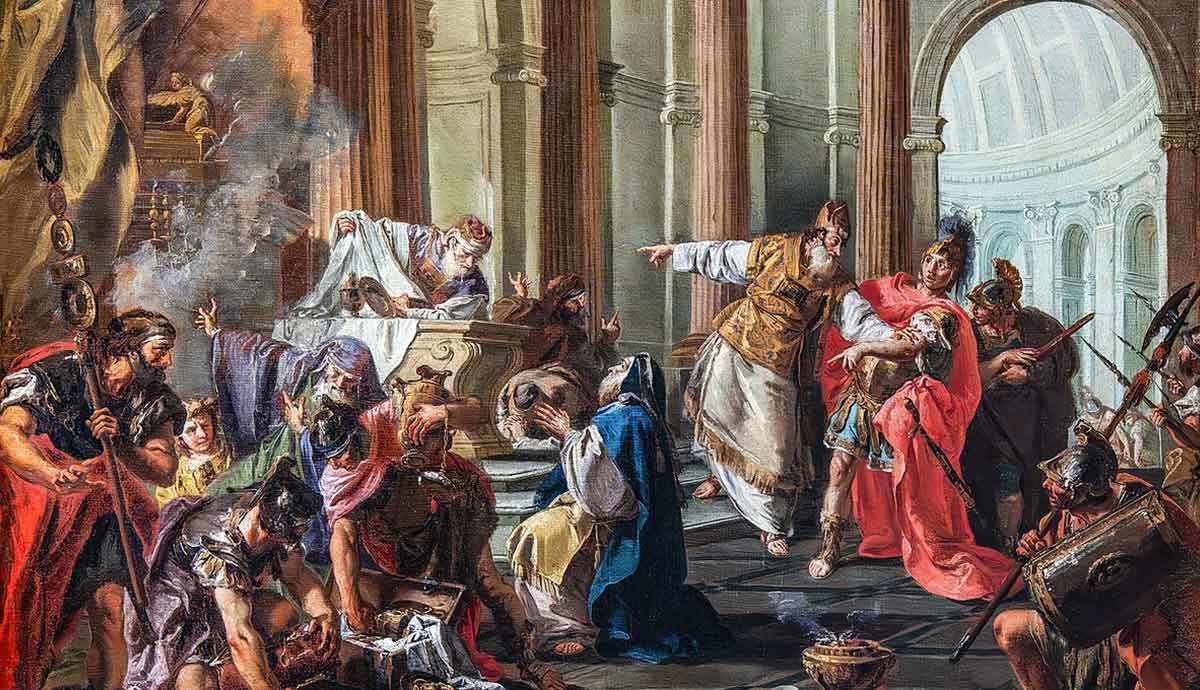
1 and 2 Chronicles cover much of the same history as 2 Samuel and 1 and 2 Kings. It covers Davidic rule up until the exile of the Northern and Southern Kingdoms. Far from merely duplicating the information, 1 and 2 Chronicles regularly provide details not found in 2 Samuel and the two Kings volumes. As such, it makes excellent companions to the other historical books that relate the history of Israel after the rule of Saul. The compiler went to great lengths to source his information from a variety of sources that the Israelites considered dependable.
Authorship and Date
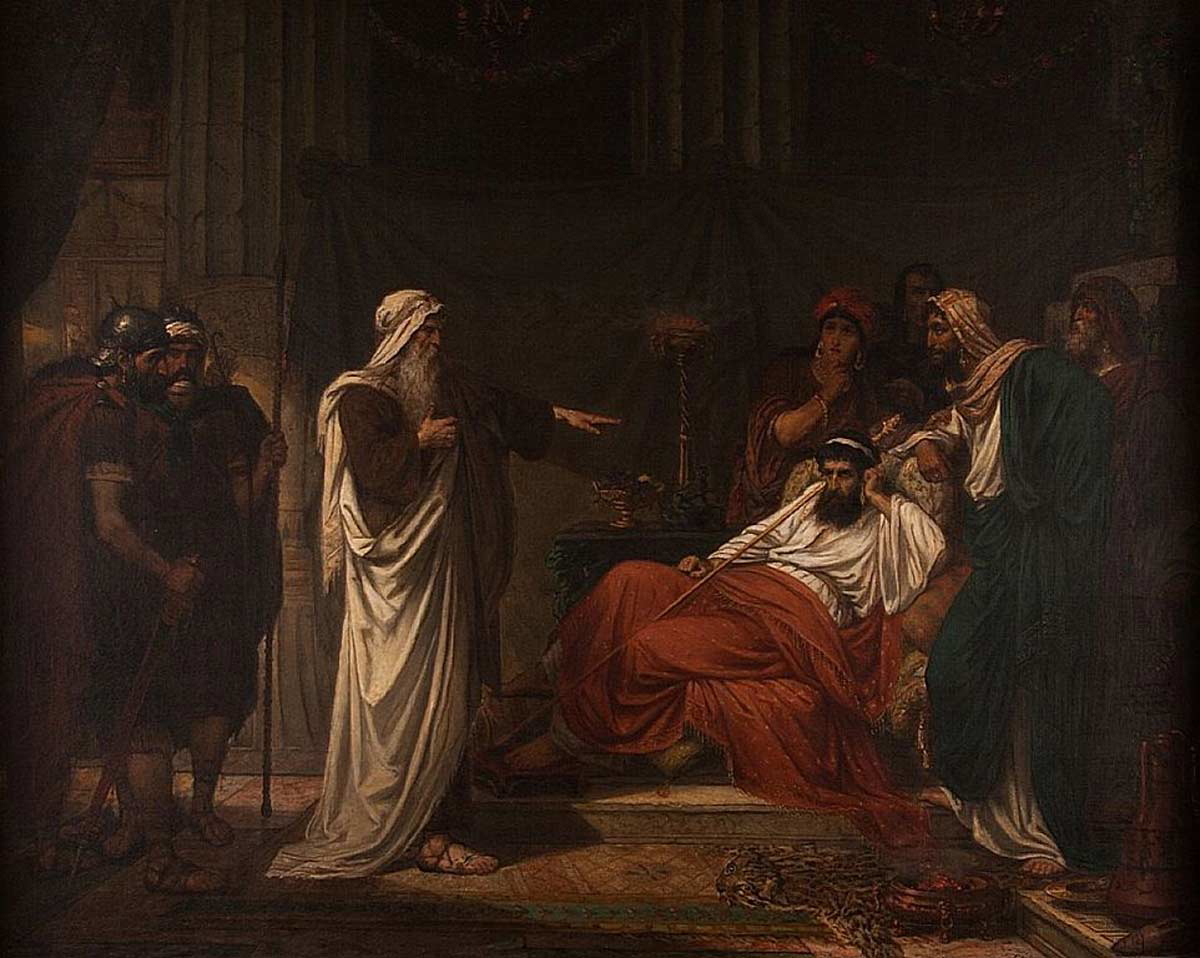
The original Hebrew name for the books we now know as 1 and 2 Chronicles, is Dibre Hayyamim. A literal translation would be “the chronicles of the days,” and by implication years, of the monarchy of Israel. It was a single volume divided into parts A and B when translators rendered it into Greek.
Even more so than 1 and 2 Kings, the Chronicles were compiled from many works. It shows traces from Biblical books like the Pentateuch, Judges, Ruth, Psalms, Isaiah, Jeremiah, Lamentations, and Zechariah. It also drew from extra Biblical books which it credits in the text. These are The Book of the Kings of Israel (1 Chronicles 9:1; 2 Chronicles 20:34; 33:18), The Chronicles of King David (1 Chronicles 27:24), The Book of the Kings of Judah and Israel (or Israel and Judah) (2 Chronicles 16:11; 25:26; 27:7; 28:26; 32:32; cf.), and the Story on the Book of the Kings (2 Chronicles 24:27). The latter may be a reference to the single Hebrew volume we know as 1 and 2 Kings today.
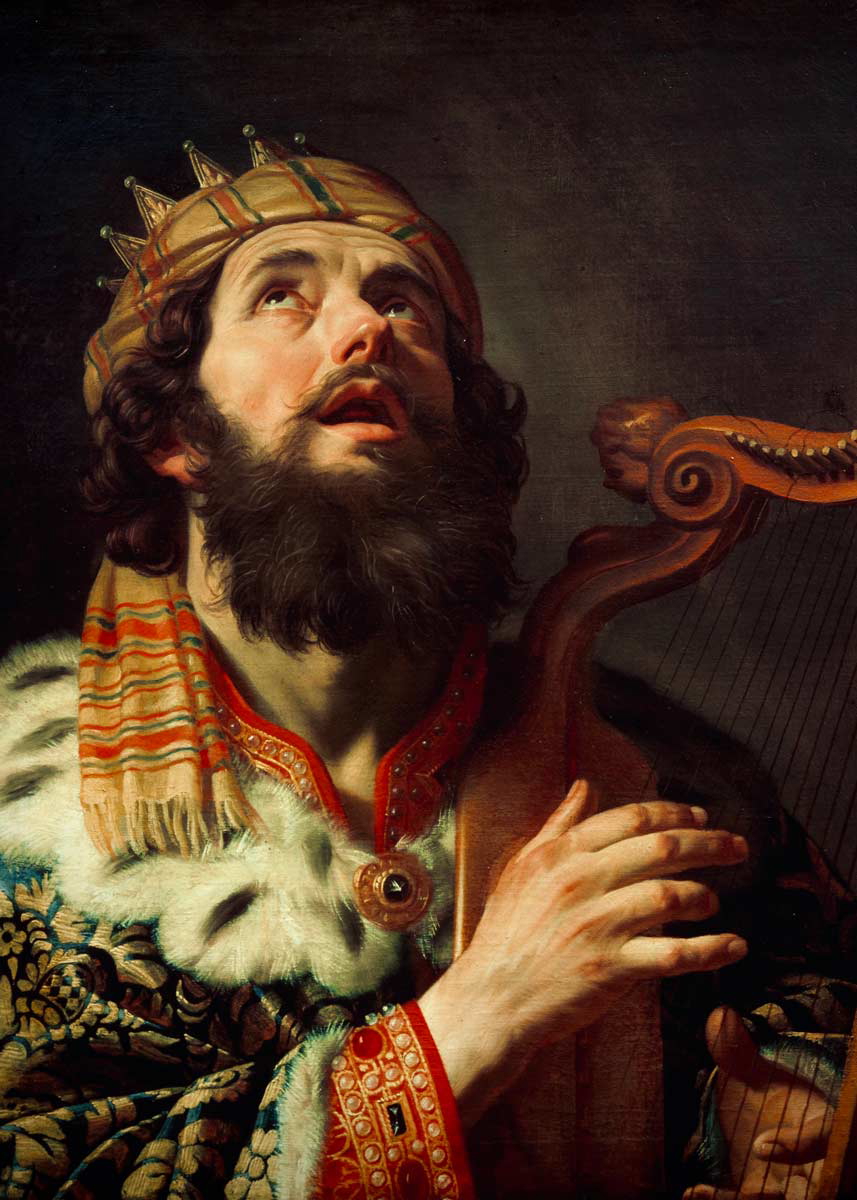
The two volumes of Chronicles also credit several works by prophets, such as The Chronicles of Samuel the Seer (1 Chronicles 29:29), The Chronicles of Nathan the Prophet (1 Chronicles 29:29; 2 Chronicles 9:29), The Chronicles of Gad the Seer (1 Chronicles 29:29), The Prophecy of Ahijah the Shilonite (2 Chronicles 9:29), The Story/Chronicles of the Prophet/Seer Iddo (2 Chronicles 9:29; 12:15; 13:22), The Chronicles of Shemaiah the Prophet (2 Chronicles 12:15), an unnamed work by the prophet Isaiah which seems to detail more than the book Isaiah refers to (2 Chronicles 26:22), and The Chronicles of the Seers (2 Chronicles 33:19).
It is unclear if the sources by prophets were the proper names of scrolls that they authored in all instances. What is clear is that many sources were available to the compiler of the Chronicles. When the translators of the Septuagint rendered the Hebrew into Greek, they named the books The Things Left Out or The Things Omitted, indicating that they regarded Chronicles as a source that provided information that 2 Samuel and 1 and 2 Kings have omitted. It therefore makes sense that there would be significant overlap between 2 Samuel, and 1 and 2 Kings on the one hand, and 1 and 2 Chronicles on the other as they cover much of the same period in Israelite history.
Traditionally, the Dibre Hayyamim was attributed to Ezra and contemporary dating aligns with his lifetime, though his authorship has not been established with certainty. Though 1 and 2 Chronicles share some of the concerns Ezra also had, it has a much broader perspective.
Historical Context
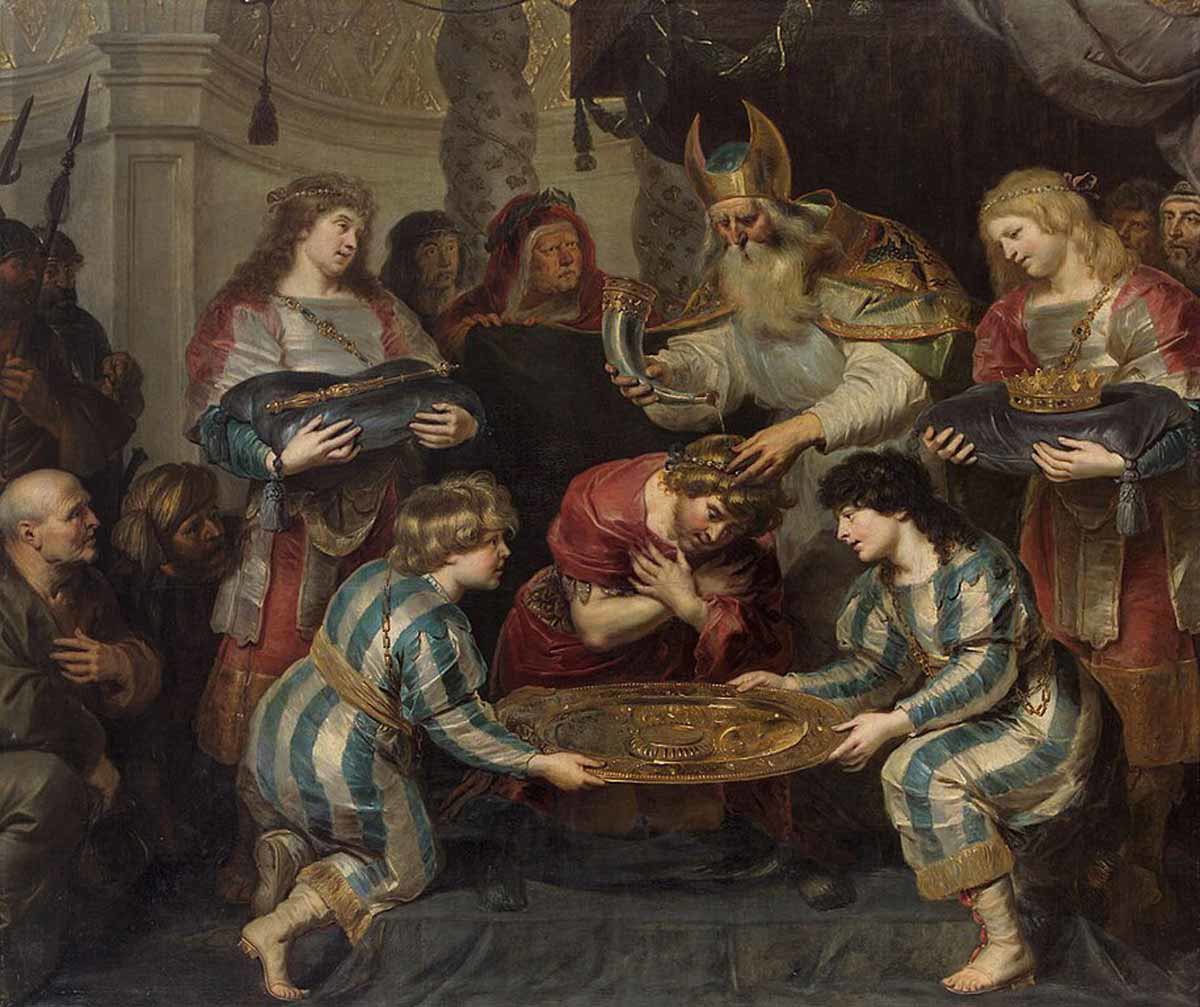
The author compiled the Chronicles late during their exile when the Jews were under the rule of the Persians. The books we know today as 1 and 2 Kings were already available. The Persians were much more willing to allow exiles to return to their lands and rebuild what was lost. Possibly due to the hope of return, 1 Chronicles relates the genealogies of Israel to garner national hope and support. It called the attention of the Jews back to their roots and heritage.
Structure
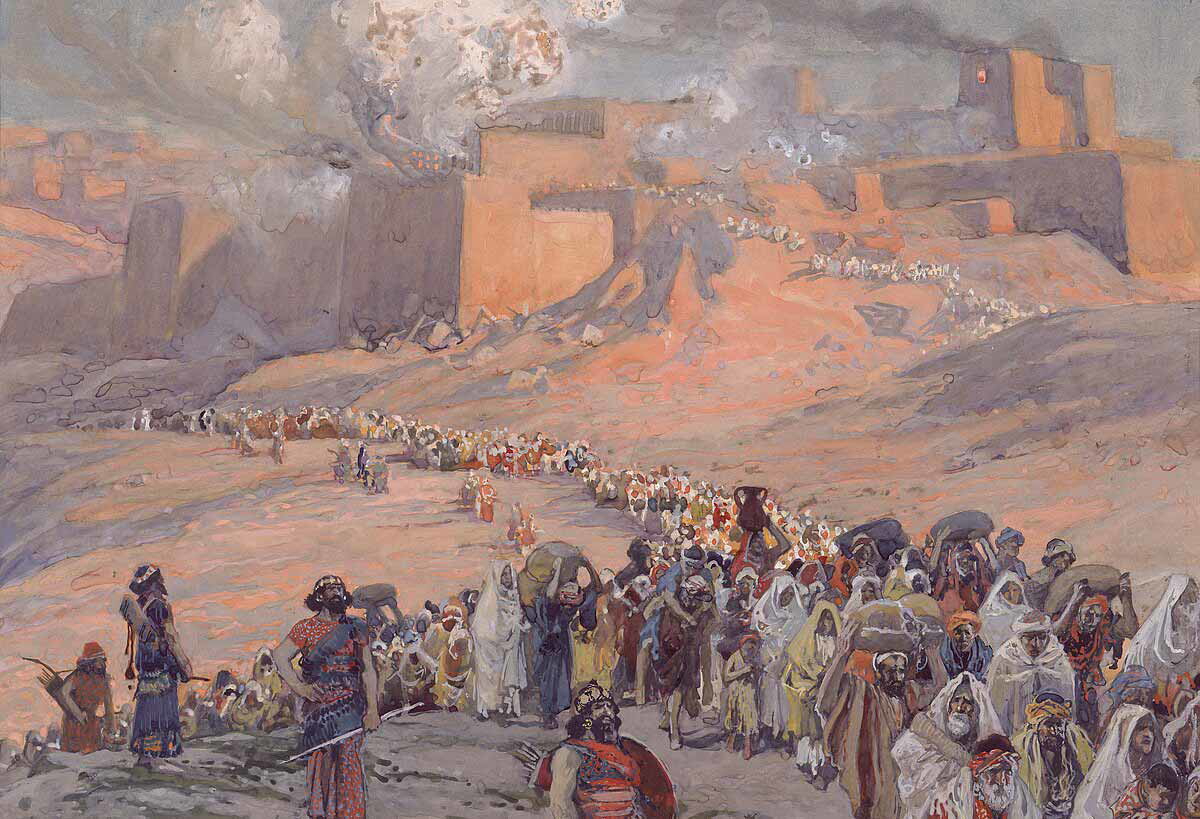
Genealogies and Pre-Davidic History (1 Chronicles 1–9)
This section of 1 Chronicles details the lineage of David from Adam and provides the lineages of the tribes of Israel with a special focus on Judah, Levi, and Benjamin which were important to the exiled Jews. It ends with the lineages of those who returned after exile.
David’s Rise and Reign (1 Chronicles 10–29)
1 Chronicles 10-29 has much in common with 2 Samuel in relating the rule and actions of David as ruler of Israel.
Solomon’s Reign (2 Chronicles 1–9)
The first part of 2 Chronicles details the rule of Solomon which included the building and inauguration of the Temple in Jerusalem.
The Kings of Judah (Chapters 10–36)
The last 27 chapters of 2 Chronicles detail the decline and eventual exile of the Kingdom of Judah to Babylon. The last chapter provides a glimmer of hope for the Jews with the order by Cyrus that they may return to their native land. Though this decree did not see them return yet, it did happen later after the decree by Artaxerxes in 458 BCE.
Main Themes
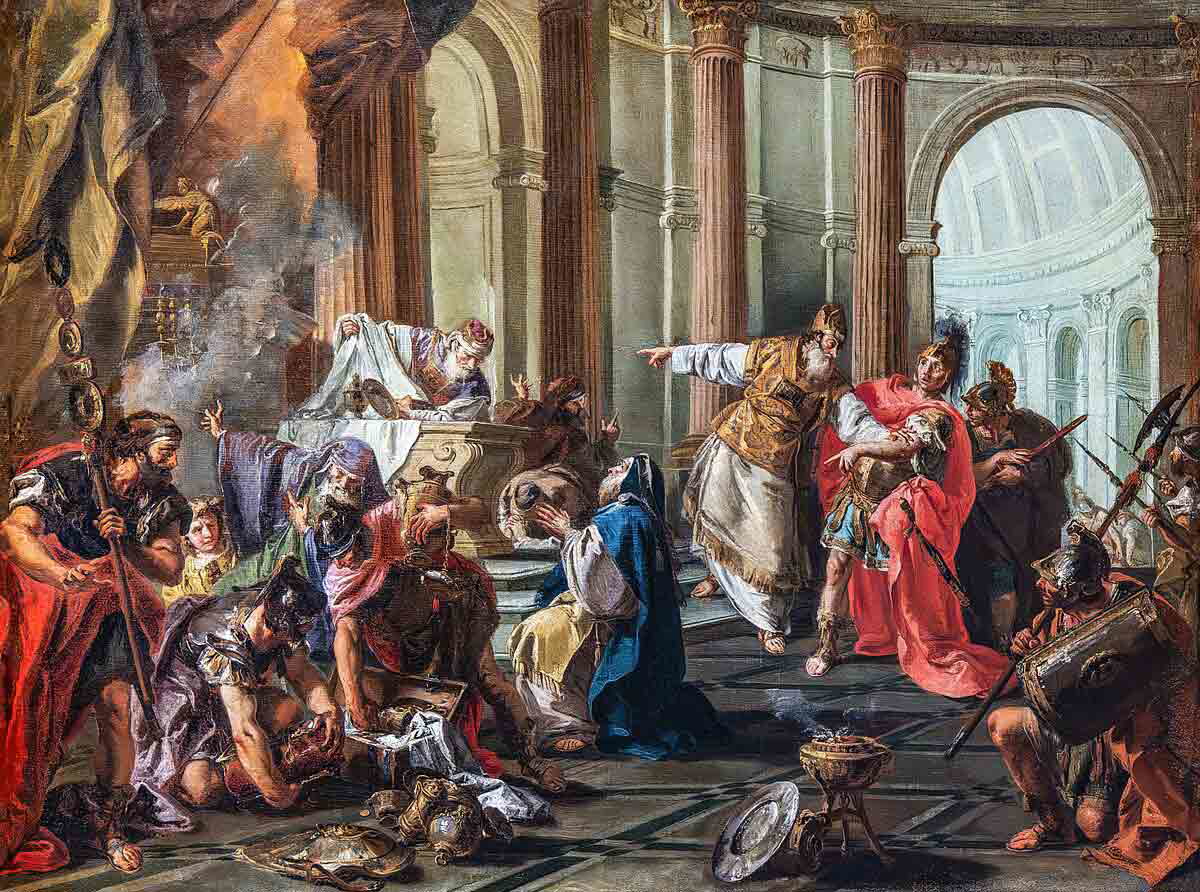
The Centrality of the Temple and Proper Worship
With Solomon building the Temple in Jerusalem, the center of Israelite worship was there. Abandoning Temple worship there led the Northern Kingdom into idolatry. When the Kingdom of Judah similarly abandoned proper worship, they followed the same fate as the Northern Kingdom.
Faithfulness and Covenant Obedience
As companions to 2 Samuel, and 1 and 2 Kings, it follows that the Chronicles also highlight the importance of faithfulness and obedience which was an issue to David, Solomon, and most of the kings of Judah.
Mercy, Hope, and Restoration
Far from leaving the readers hopeless, 2 Chronicles ends on a hopeful note as the mercy of God manifests in the decree of Cyrus declaring that the Jews may return to their native land. Both Ezra and Nehemiah understood the importance of driving obedience to God home, as they worked toward the restoration of Jerusalem, the Temple, and the Jewish nation.
Key Passages
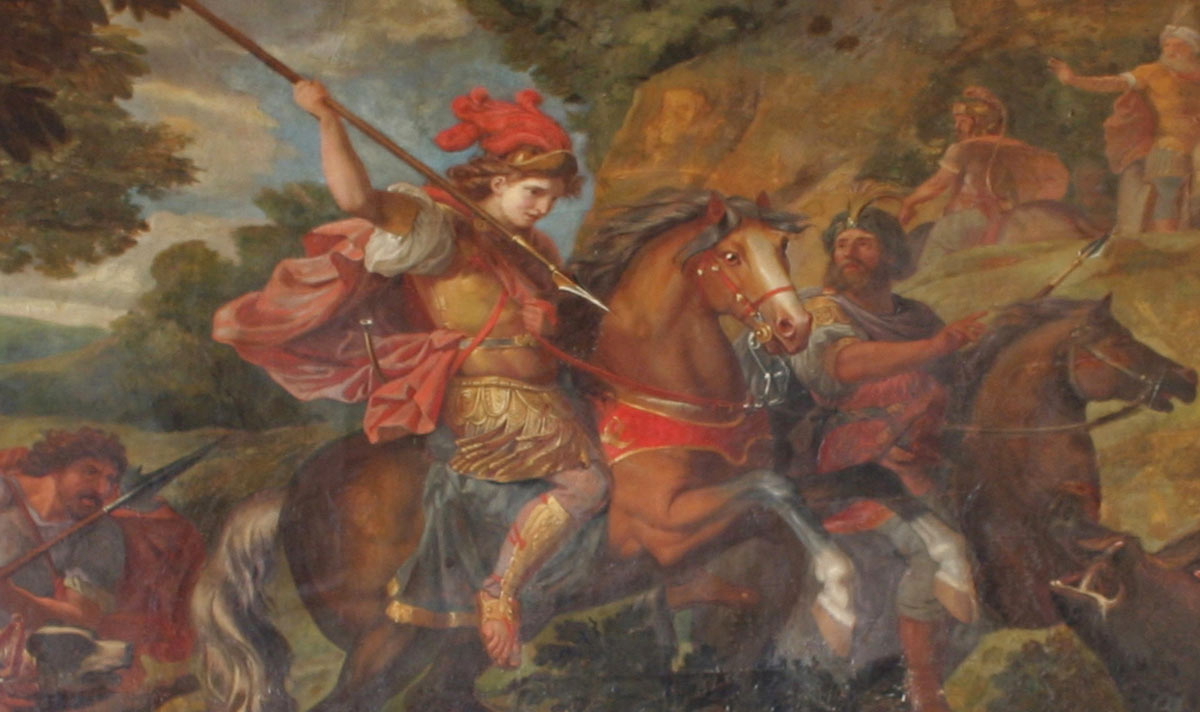
1 Chronicles 17:11-14
“When your days are fulfilled to walk with your fathers, I will raise up your offspring after you, one of your own sons, and I will establish his kingdom. He shall build a house for me, and I will establish his throne forever. I will be to him a father, and he shall be to me a son. I will not take my steadfast love from him, as I took it from him who was before you, but I will confirm him in my house and in my kingdom forever, and his throne shall be established forever.”
These verses detail the Davidic covenant. It promises David an eternal kingdom to his offspring which was fulfilled in Jesus.
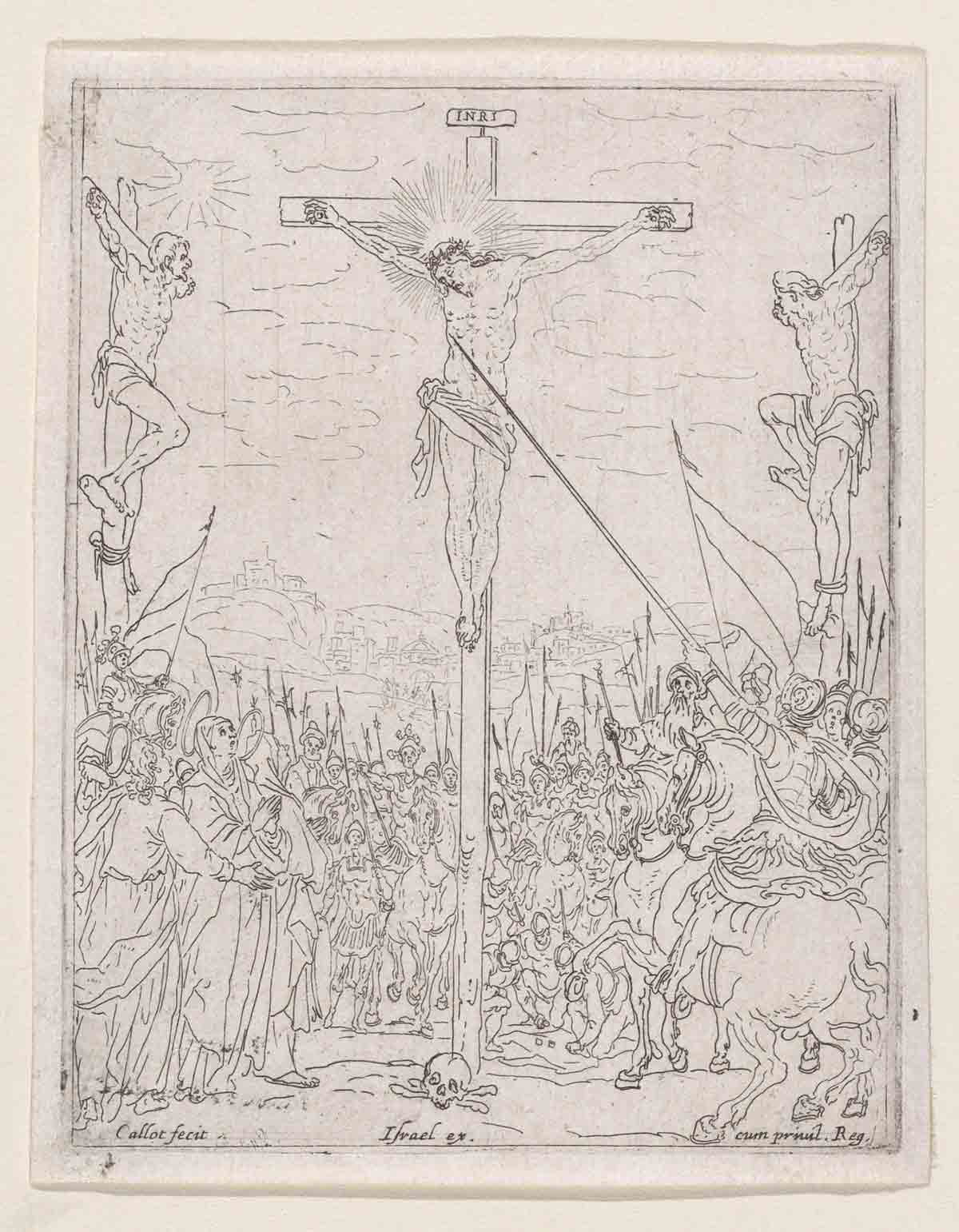
2 Chronicles 7:14-16
“If my people who are called by my name humble themselves, and pray and seek my face and turn from their wicked ways, then I will hear from heaven and will forgive their sin and heal their land. Now my eyes will be open and my ears attentive to the prayer that is made in this place. For now I have chosen and consecrated this house that my name may be there forever. My eyes and my heart will be there for all time.”
These words of God after Solomon’s prayer at the dedication of the Temple show God’s willingness to forgive when his people repent and humble themselves.
2 Chronicles 36:22-23
“Now in the first year of Cyrus king of Persia, that the word of the LORD by the mouth of Jeremiah might be fulfilled, the LORD stirred up the spirit of Cyrus king of Persia, so that he made a proclamation throughout all his kingdom and also put it in writing: ‘Thus says Cyrus king of Persia, “The LORD, the God of heaven, has given me all the kingdoms of the earth, and he has charged me to build him a house at Jerusalem, which is in Judah. Whoever is among you of all his people, may the LORD his God be with him. Let him go up.”’”
The rule of the Persians marked a momentous change in the attitude toward the return of the Jews to their native land. This decree was the first of three (the second by Darius and the third by Artaxerxes) that eventually saw the Jews return to build Jerusalem and the Temple. Ezra 6:14 mentions all three decrees.
Contemporary Relevance
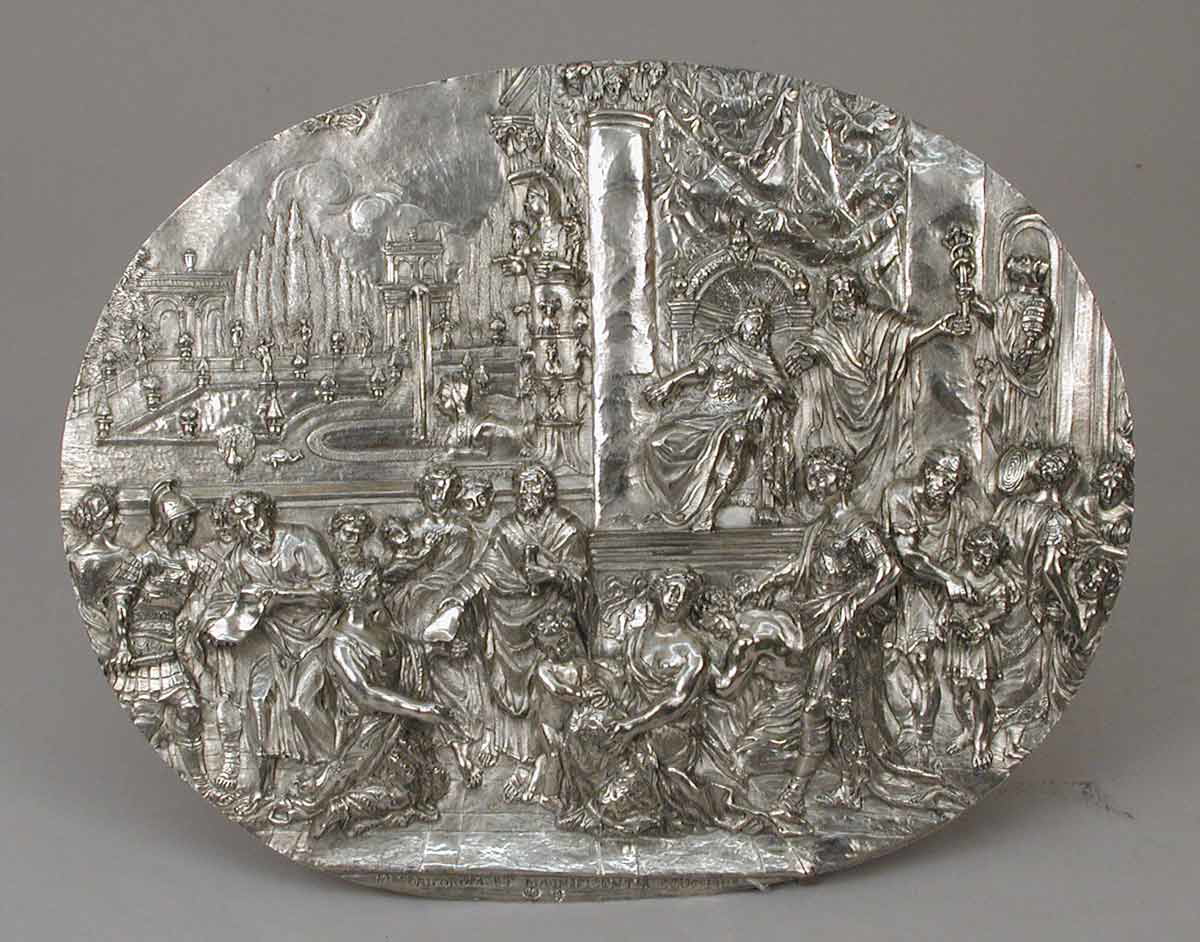
Contemporary Christians can learn much from the study of 1 and 2 Chronicles. First, principles for faithfulness in leadership are universal. The Chronicles show the results of being unfaithful to God as a leader and indicate God’s mercy and faithfulness to his people. Secondly, it also shows the importance of holding fast to identity and hope in times of adversity as the Jews did during the exile. Thirdly, God’s providence showed when he guided Cyrus, Darius, and Artaxerxes to allow the Jews to return to Jerusalem and rebuild the city and Temple. Today, as back in the 5th century BCE, repentance, forgiveness, and restoration go hand in hand.
